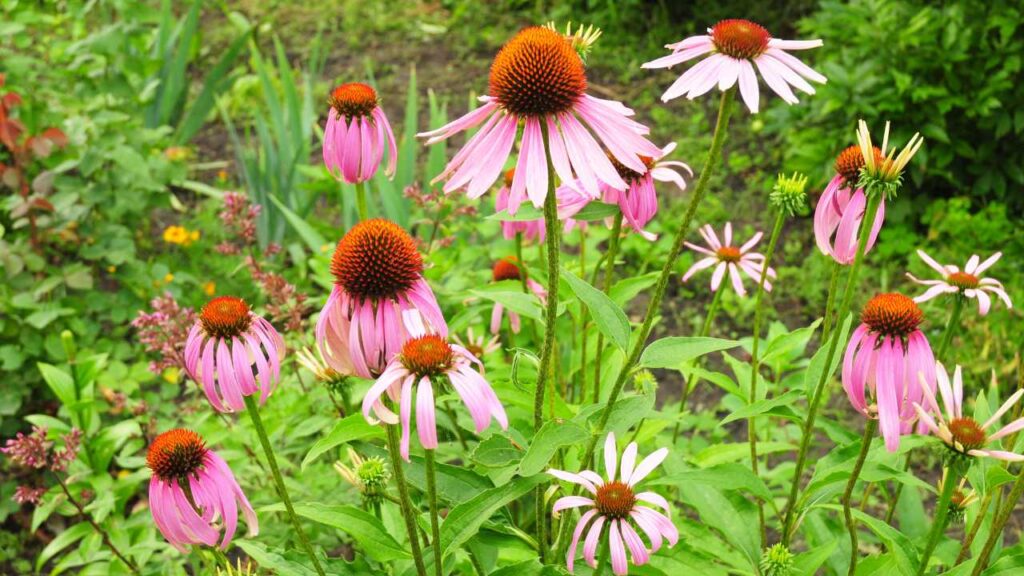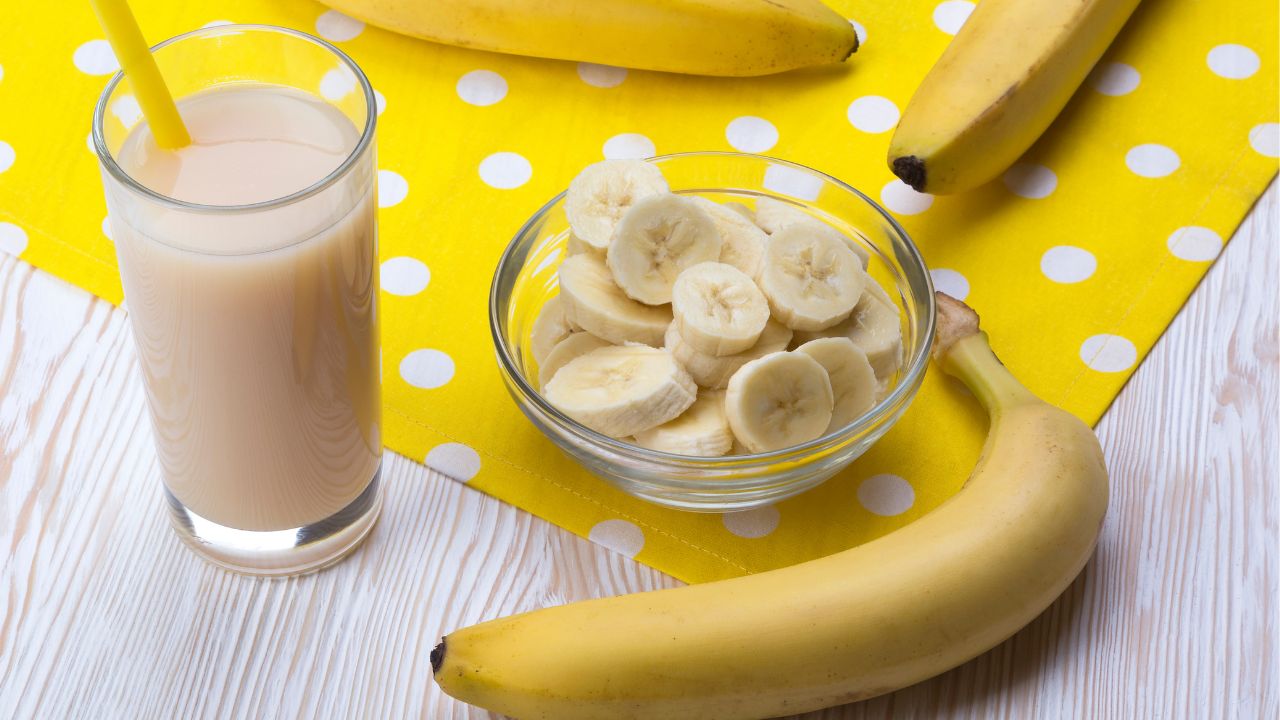Origin and History of Echinacea
Echinacea, also called Purple Coneflower, or Pallida, is originally from the United States and Canada. It grows the hat not only in the vastness of the Prairie but also in sparse forests. Echinacea belongs to the family of Asteraceae (Asteraceae).
Properties of Echinacea
There are different types, of which however only three substances are used. This would be the hat of purple (Echinacea purpurea), Rosebay Purple Coneflower (echinacea angustifolia) and the pale Purple Coneflower (echinacea pallida).
All three plants are perennial and have over a taproot that is vertically embedded in the ground, as well as many secondary roots.
The flowers, which emerge in late summer, grow the leaves like a sort of basket and form a wreath. They are dark red to brown and hang down, while the cone-shaped basket is reminiscent of a hedgehog’s head, what the scientific genus name the Purple Coneflower (echinos – Hedgehog).
The flowers of purple Echinacea, however, are purple and the flowers of the Fireweed and the pale echinacea blossom is pink.
The petals are about two to four centimeters long, while the petals of pale echinacea can even be four to nine centimeters long. The hat feels very well especially in sunny and warm locations.
Because fast is the Coneflower under competitive pressure and not properly flourish. The main flowering months are June and July ( it may not be the same, depending on the latitude you’re), and then they are afflicted by numerous butterflies and bees.
German emigrants made a miracle cure in the 19th century from the Purple Coneflower and called it “Meyer’s blood purifier”.
However, until the beginning of the 20th century, the Sun hat in Germany through the Homeopathy was interesting.
Quickly after that, there was a supply, bottleneck and seeds from North America had to be ordered to plant the Black-Eyed Susan. Due to a mistake, echinacea was supplied instead of the Fireweed of Purple Coneflower and this is how the medicine was introduced, according to Farmpally.
Harvesting and production of echinacea
It is not yet time for the harvest of echinacea if at least a Tube flower Garland on the main inflorescences is open.
While the pale Purple Coneflower is mostly harvested in July, the harvest of the purple echinacea is usually in October. The harvest is usually hand-made, and machines are used. While the Herb should be used fresh so that it does not lose its ingredients. This is not possible, it must be chopped and gently air-dried for about 40 to 45° C.
The roots of echinacea will not be until late autumn when the leaves removed are harvested. There are only small quantities harvested when done by hand while large amounts are harvested using a Machine. After that, they are in pieces with a size of approximately 5-10 cm air-dried parts, washed and also gentle for up to 45° C.
Once the roots easily break themselves, dry for 20 to 40 hours and the drying process is complete, Chaktty advised.
Before echinacea can be processed, an identity check and review are required first. These are laid down in the European Pharmacopoeia (PhEur), in which also the materials which may be used as a tool for the manufacture.
This determined the content of coffee acid derivatives, glycine Betaine as well as Polysaccharides and many more. After the test is successfully completed, the extracts are produced from root and herb.
Ethanol (50 per cent) is used in particular for tinctures.
Ethanol (30 per cent) or methanol (30 per cent) are used in the finished products.
This solvent is contained in tablets, capsules or juices and injections.
Uses and Benefits of Echinacea
In different home gardens, it’s often used as an ornamental flower. The Indians also long detected the value of Echinacea and used it as a panacea and for wound healing, and for toothache, colds and snake bites. But also for headaches and stomach discomfort, the hat was an important means.








